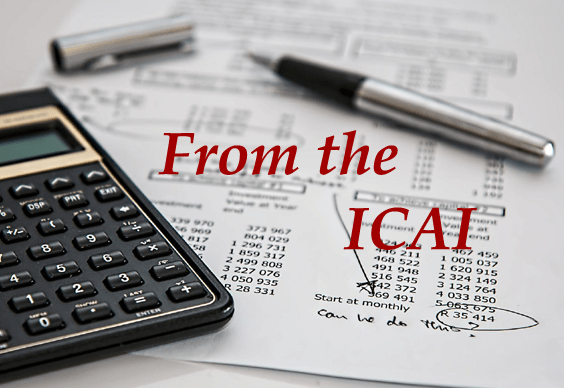Trump exempts China-made smartphones, chips from reciprocal tariff plan
New Delhi, Apr 12, 2025
Beyond economic considerations, the exclusions appear to be part of a broader strategy to reduce inflation concerns and mitigate disruptions in supply chains
In a move aimed at minimising the impact of proposed tariffs on consumers, the Trump administration has opted to exempt smartphones, computers, and other key electronics from its planned reciprocal tariffs. This decision is likely to provide substantial advantages to major tech firms such as Apple and Samsung.
Beyond economic considerations, the exclusions appear to be part of a broader strategy to reduce inflation concerns and mitigate disruptions in supply chains. The administration is likely hoping to reassure both businesses and voters as economic tensions rise.
Late on Friday (April 11), US Customs and Border Protection released updated guidelines specifying which goods would be excluded from both the 125 per cent tariff on Chinese imports and a 10 per cent baseline tariff that applies globally. According to a Bloomberg report, this narrowing of the tariff's scope is particularly beneficial for consumer electronics. It is important to mention that US also imposed a 20 per cent tariffs on Chinese imports over that nation’s alleged role in fentanyl trade.
The exempted items include widely-used technology products such as smartphones, laptops, processors, memory chips, and hard drives — most of which are currently not manufactured within the US. Shifting their production domestically would require significant time and investment.
The exclusions also extend to manufacturing equipment used in semiconductor production — a critical development for firms like Taiwan Semiconductor Manufacturing Co., which has pledged to invest heavily in the US. These exemptions serve as a temporary safeguard for companies involved in chipmaking and electronic component supply chains.
Temporary nature of relief
However, the relief granted through these exemptions may not last long. The initial directive that enabled these exclusions was designed to avoid overlapping tariffs. While these adjustments offer short-term protection, they could pave the way for new, lower-tier tariffs specifically targeting Chinese goods in the near future.
The semiconductor sector remains a particular focus for the Trump administration, with targeted tariffs under consideration, although no specific rate has yet been determined. Previous tariffs on similar sectors have typically been set at 25 per cent, but the final decision on chip-related duties remains pending.
According to Bloomberg, the White House did not immediately issue a statement in response to inquiries regarding the exclusions.
Comprehensive list of exempted products
The guidance from US Customs and Border Protection provides detailed information on the categories of products that will not be subject to the new tariffs, as long as they fall under the designated HS (Harmonised System) codes.
Key Exempted Items Include:
Smartphones
Laptops and automatic data processing machines
Magnetic or optical readers
Machines and apparatus for semiconductor or integrated circuit production
Communication devices such as routers and switches
Solid-state non-volatile storage (e.g., SSDs, NAND flash memory)
Flash drives, memory cards, and other storage media
Monitors compatible with data processing systems
Audio and data recording media (e.g., tapes, records)
Diodes (excluding light-emitting or photosensitive types)
Low-power transistors (less than 1W)
Other transistor types and semiconductor switching devices
Mounted piezoelectric crystals
Optical isolators and other semiconductor devices
Semiconductor-based transducers
Electronic integrated circuits and related parts
[The Business Standard]

